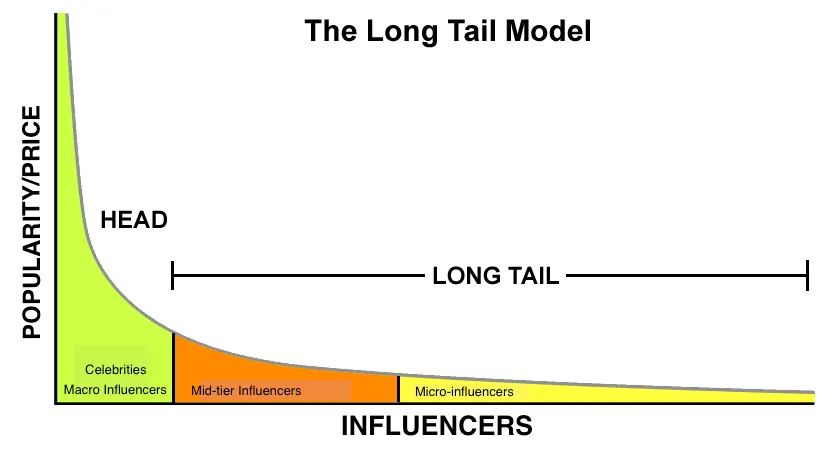1. Diverse and Uncertain Representation
•
Representation이 다양한 경우와 불확실한 경우가 있음
•
Multiple vector approach
◦
이러한 경우에 user를 onefold vector로 표현하기는 어려움
▪
Multiple vector로 확장
▪
Disentangled representation learning, capsule networks
◦
DGCF: Orthogonal한 vector가 만들어지도록 유도
•
Density representation
◦
Uncertainty를 더 잘 encoding
◦
Gaussian embedding이라고 볼 수 있음
2. Scalability of GNN in Recommendation
•
기존의 GNN을 그대로 적용하기는 어려움
◦
large memory usage, long training time
•
Reduce size of the graph
◦
Sampling method
◦
GraphSAGE: random sampling
◦
PinSage: random walk
◦
Small subgraph를 만들기도 함
•
Decouple the operations of nonlinearities and collapsing weight matrices
◦
Neighbor-averaged features need to be precomputed only once
◦
limited choice of aggregators and updaters
3. Dynamic Graphs in Recommendation
•
Relationship changes over time
•
GraphSAIL: Only example, incremental learning
4. Reception Field of GNN in Recommendation
•
Graph diffusion-based works: aggregation과 update를 분리
◦
더 큰 reception field에 대비
•
너무 큰 reception field는 oversmoothing problem 야기
•
추천에서 node degree distribution은 long tail
•
Adaptive decision-based propagation step
5. Self-supervised Learning
•
데이터의 sparsity 관점에서 유리함
•
COTREC
◦
Contrastive learning task
◦
Maximized agreement
•
DHCN
◦
Maximize mutual information
6. Robustness in GNN-based Recommendation
•
GNN이 noise에 취약함
•
Graph adversarial learning
•
GraphRf
◦
Jointly learn the rating prediction and fraudster detection
7. Privacy Preserving
•
Federated learning 기반으로 해야 함
•
Federated learning과 high-order connectivity 정보를 같이 받는 것이 어려움
•
Pseudo interacted item을 추가하여 privacy 증진 가능
◦
성능이 하락
◦
PPGRec: Differential privacy로 문제 일부해결
8. Fairness in GNN-based Recommender System
•
GNN이 특정 item만 너무 추천하는 경우
•
User demographic에 따라 추천 성능이 너무 달라지는 경우
•
NISER, FairGNN 등의 연구 존재
9. Explainability
•
Instance-level method
◦
Example-specific explanations
◦
Identify important feature
•
Model-level methods
◦
Generic understanding of how deep graph model works
